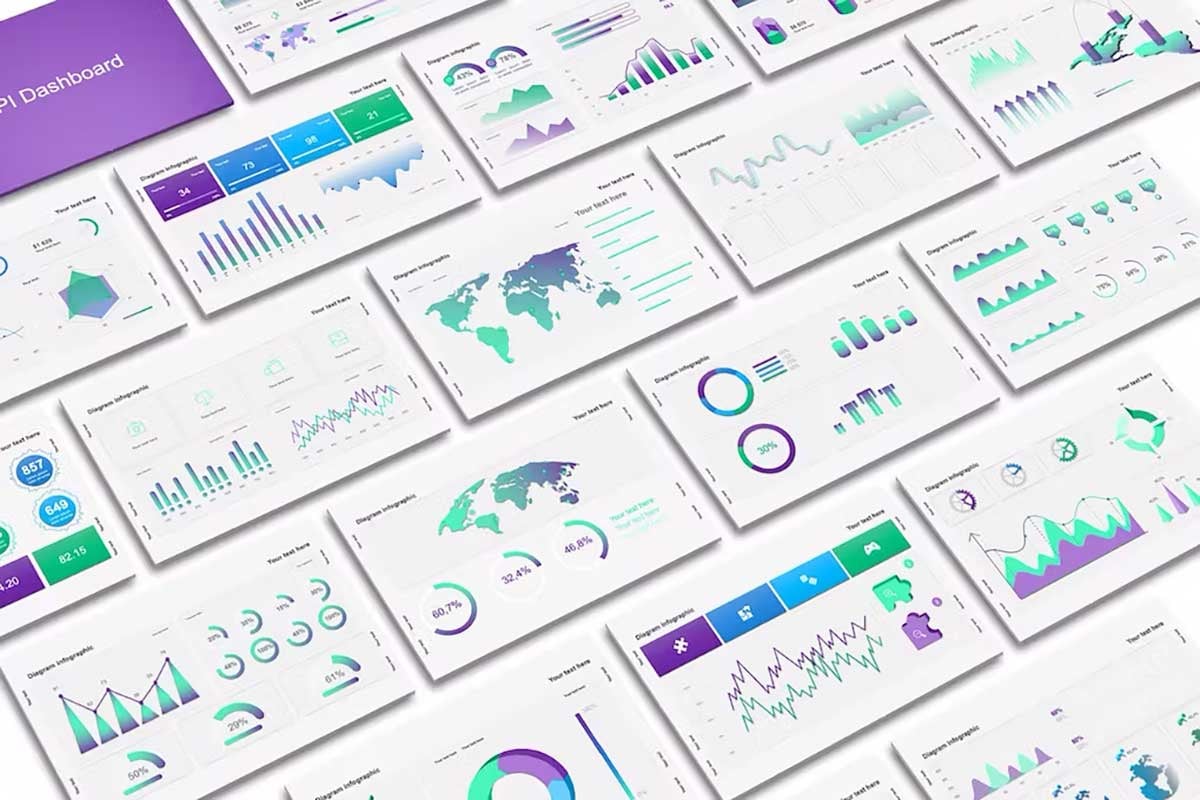The Stackless Difference
The report or dashboard you are currently viewing is a Stackless Insight.


What is a Stackless Insight?
If you see the Stackless Insight logo on your report or dashboard it means that the data and format of the report passed a comprehensive series of quality assurance and user tests before it reached you. Insights are more than just reports or dashboards, they represent trusted data specifically architected in a way that integrates your data points across the Stackless platform.
Logic in the data layer
The logic and data transformations for Insights reside in the cloud, not in your Business Intelligence tool. This is an important differentiator from standard reports and dashboards. For example, if you were to build a report that calculated net revenue and you used your BI tool to manage your calculations, it's possible that the next report you built showing net revenue would include a different calculation. This could lead to users viewing metrics with the same names but different values across multiple reports. By moving the logic to the cloud, we've made it much less likely for this type of confusion to occur. Insights that have metrics with the same names will always show identical values.
Our comprehensive data dictionary
Every Insight connects to our global data dictionary which provides a set of standardized definitions and lineages for all your metrics. You are able to customize some of these definitions based on your business rules, but our data dictionary serves as a central repository for your logic and data definitions. What this means is that if you later choose to change the way you calculate net revenue, perhaps to add a new expense, changing it in the data dictionary will change it across all your Insights.
Our semantic layer
The semantic layer is a metadata and abstraction layer built on top of your source data (CRM, ad platform, marketing systems, etc.). The metadata is defined so that you data model gets enriched and becomes simpler for business users and AI to understand. All Insights incorporate our semantic layer.
Digital fingerprinting
The data that drives your Insights comes from multiple systems. Oftentimes certain types of data like customers, products, transactions, and customer locations are recorded and exist in slightly different formats across each of your data sources. This can make it difficult to tie the systems together to get a holistic view of your data. For example, information about a specific customer may reside in your CRM, transaction system, click stream tracker, and email marketing tool. If you wanted to know how many emails your were sending the customer, you would need to be able to see how many emails each system sent to that customer and add them up. The challenge is being able to uniquely identify the customer across systems. All Stackless Insights use proprietary algorithms that digitally fingerprint important types of data to enable cross-system identification.
Quality Assurance Monitoring
Data pipelines can break for many reasons and your data can also get corrupted. All Insights are subject to ongoing QA monitoring to identify and resolve data quality issues, ensuring that high-quality, trustworthy data is available for your business processes and decision-making. We use advanced machine learning to monitor the data that drives our Insights. Oftentimes we are able to identify issues and resolve them before you ever notice a problem.
Discrepancy detection: Automated tests to detect any discrepancies between source systems and Stackless, such as changes in primary keys, new columns added to source tables, etc.
Data validation: Automatically validates the accuracy of records transferred from source systems to ensure that all updates were successful.
Freshness detection: Detects changes in data timeliness — the average frequency in which data is updated — to determine if freshness deviates from expected norm.
Volume analysis: Monitor show much data is added/removed/updated for each table with each update to determine if a table grows or shrinks unexpectedly
Anomaly detection: Identifies suspicious activity that falls outside of your established normal patterns of behavior.
Lineage monitoring: Monitors the upstream dependencies of Insight data points to ensure end-to-end accuracy.
Need a change to your Insight?
We can customize Insights to meet your specific business needs by adding new metrics, visualizations, or changing the underlying logic.
Contact Support


